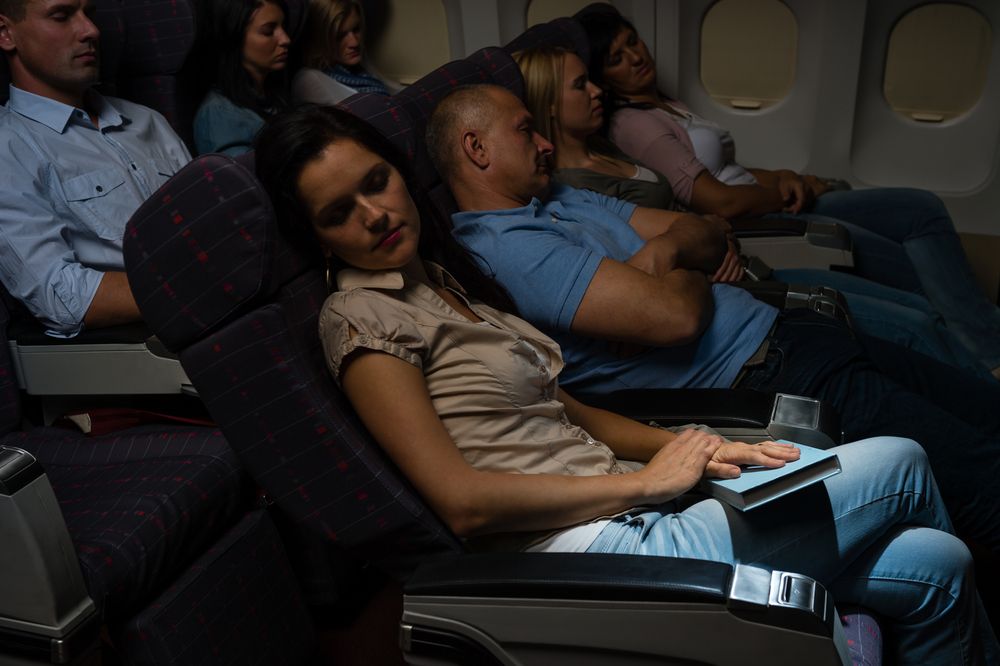What Is Jet Lag?

If you've ever been on a long plane ride, chances are you're familiar with the tiredness and confusion that can set in once you've arrived at your destination. This drowsy, lethargic condition is called jet lag and is common in travelers who are adjusting to new time zones.
Jet lag results from disruptions to the body's "clock" or natural, circadian rhythms. This internal clock — which runs on an average 24.1-hour schedule — controls sleep, wakefulness and a host of other physiological processes, including hunger, digestion, bowel movements, body temperature and blood pressure.
Changes in the environment, particularly changes in light exposure (traveling across time zones) and temperature (traveling across climates), can dramatically affect these rhythms, wreaking havoc on your mind and body.
The pressurized environments of airplanes may also contribute to jet lag. While airplane cabins contain plenty of oxygen for passengers, the barometric pressure inside a plane is very low, which means less of this oxygen — anywhere from 5 to 20 percent less — reaches the bloodstream. Having less oxygen flowing to your vital organs can make you feel sluggish and dehydrated, exacerbating the drowsy feeling of jet lag.
While you can't control the amount of oxygen in airplane cabins or major disruptions to your body clock, there are other factors you can control. Staying hydrated throughout a flight can help reduce feelings of drowsiness and headache, as can getting enough sleep in the days leading up to travel.
Try to avoid heavy meals, alcohol and caffeine while traveling, as these tend to make it hard for you to rest while flying. And when you do arrive at your destination, spend some time in the sun. Exposing your body to sunlight will help readjust your internal clock, making it easier to overcome jet lag.
Follow Elizabeth Palermo on Twitter @techEpalermo, Facebook or Google+. Follow LiveScience @livescience. We're also on Facebook & Google+.
Sign up for the Live Science daily newsletter now
Get the world’s most fascinating discoveries delivered straight to your inbox.

Elizabeth is a former Live Science associate editor and current director of audience development at the Chamber of Commerce. She graduated with a bachelor of arts degree from George Washington University. Elizabeth has traveled throughout the Americas, studying political systems and indigenous cultures and teaching English to students of all ages.











